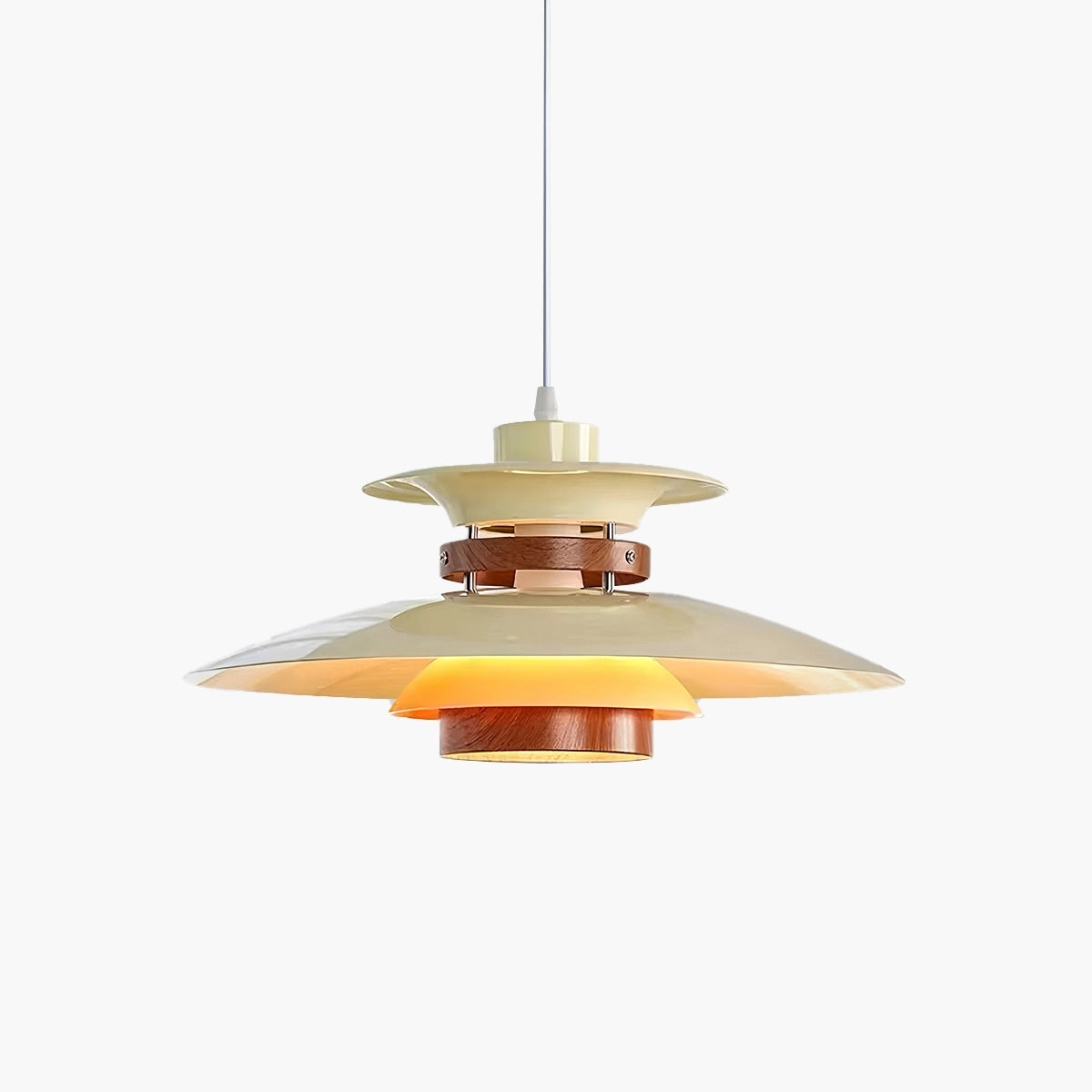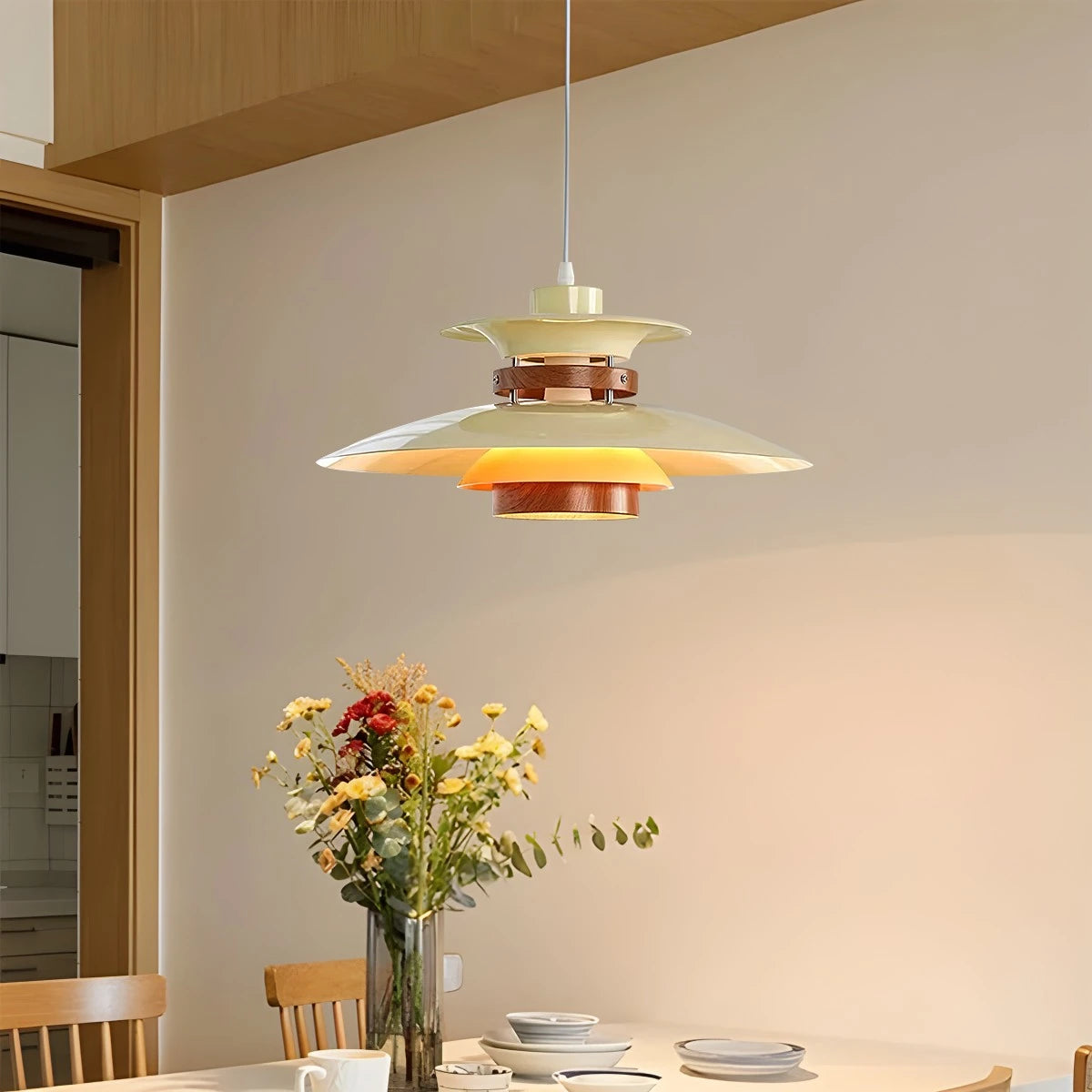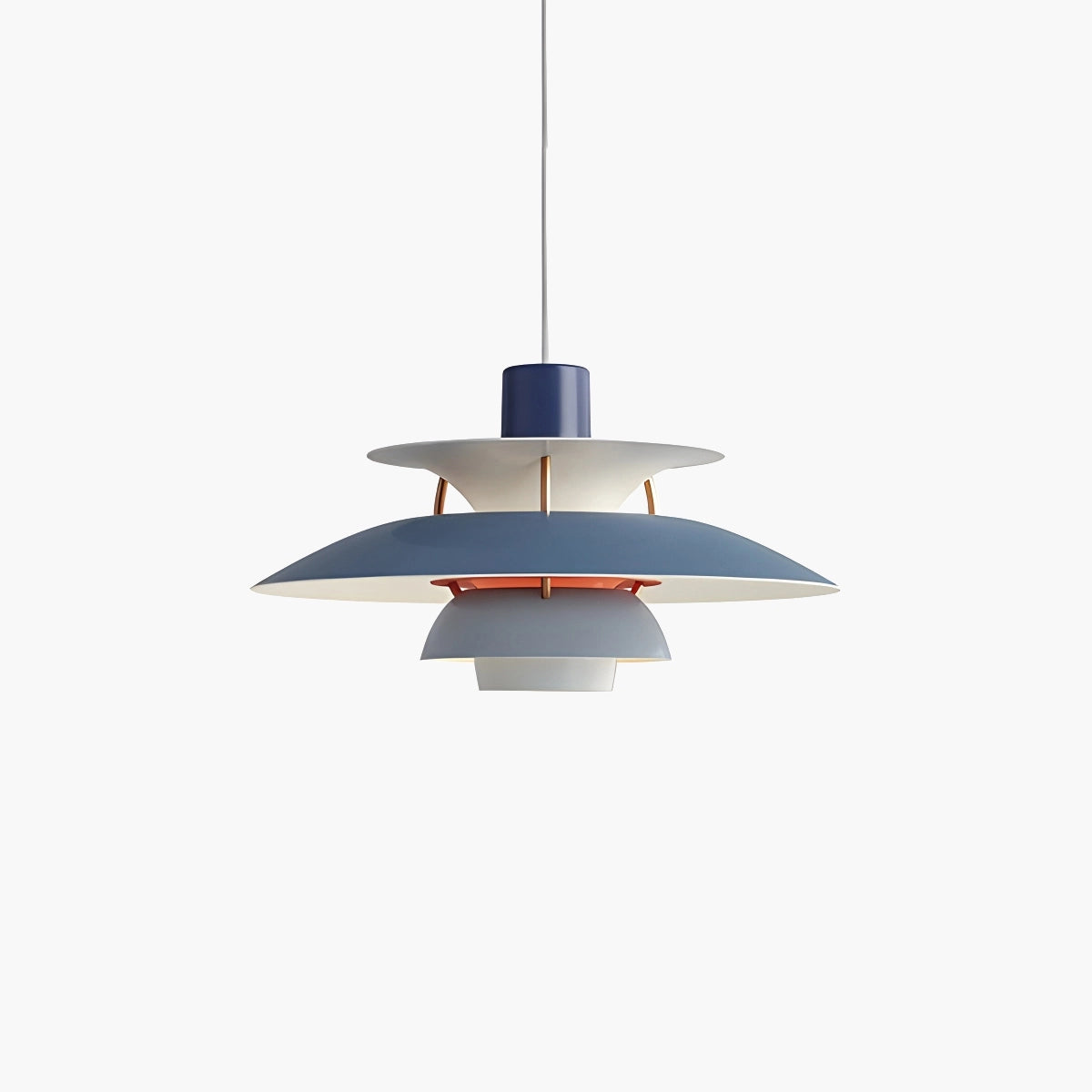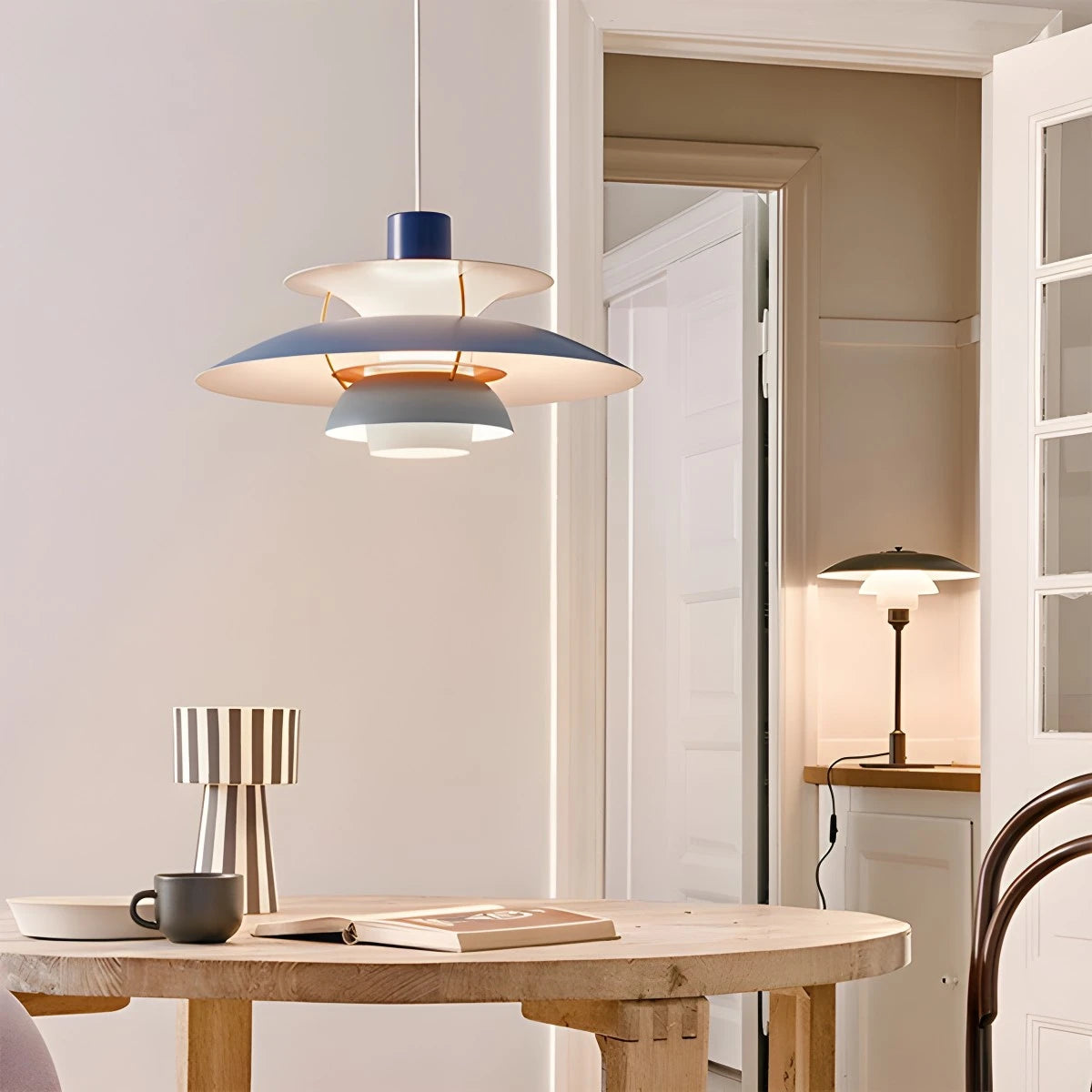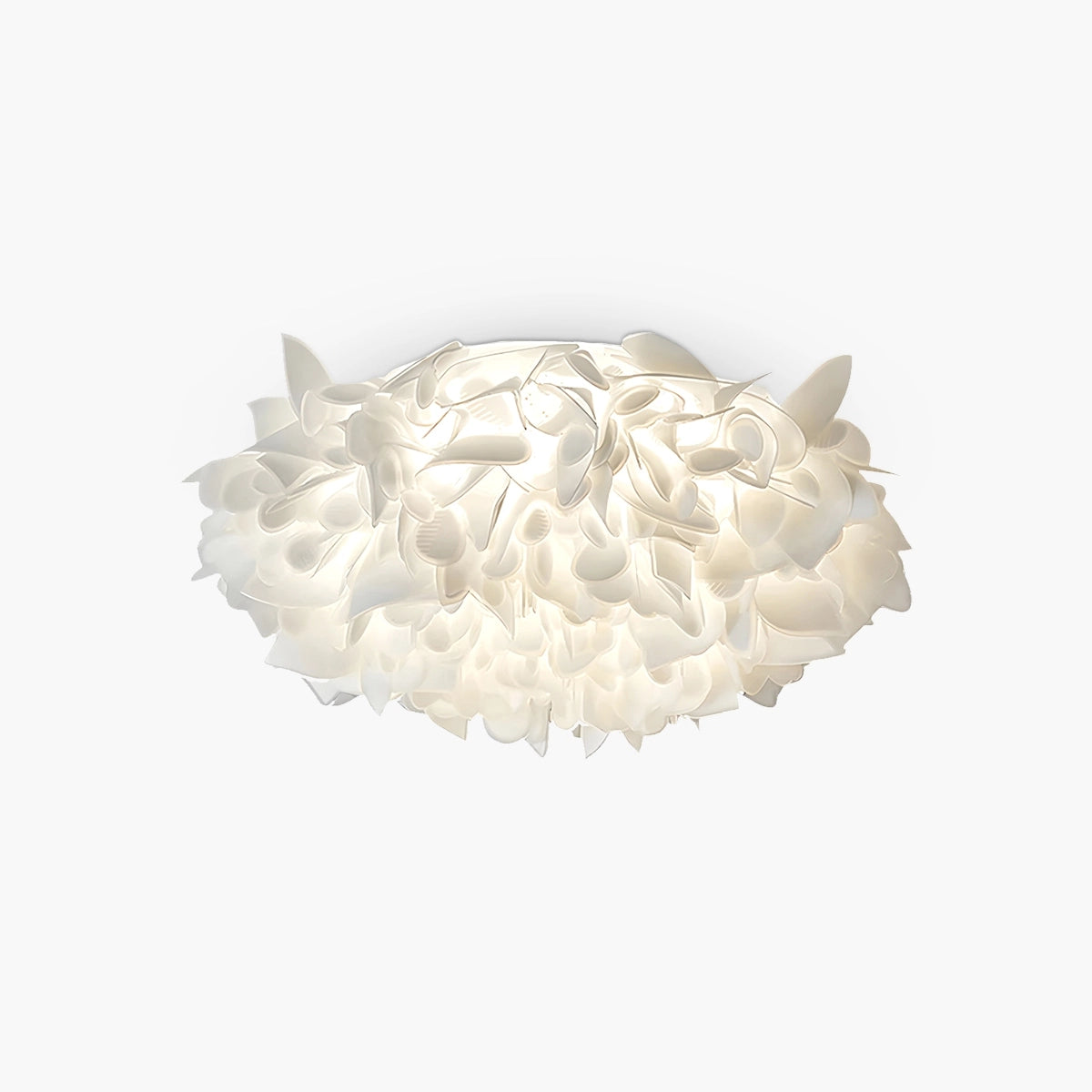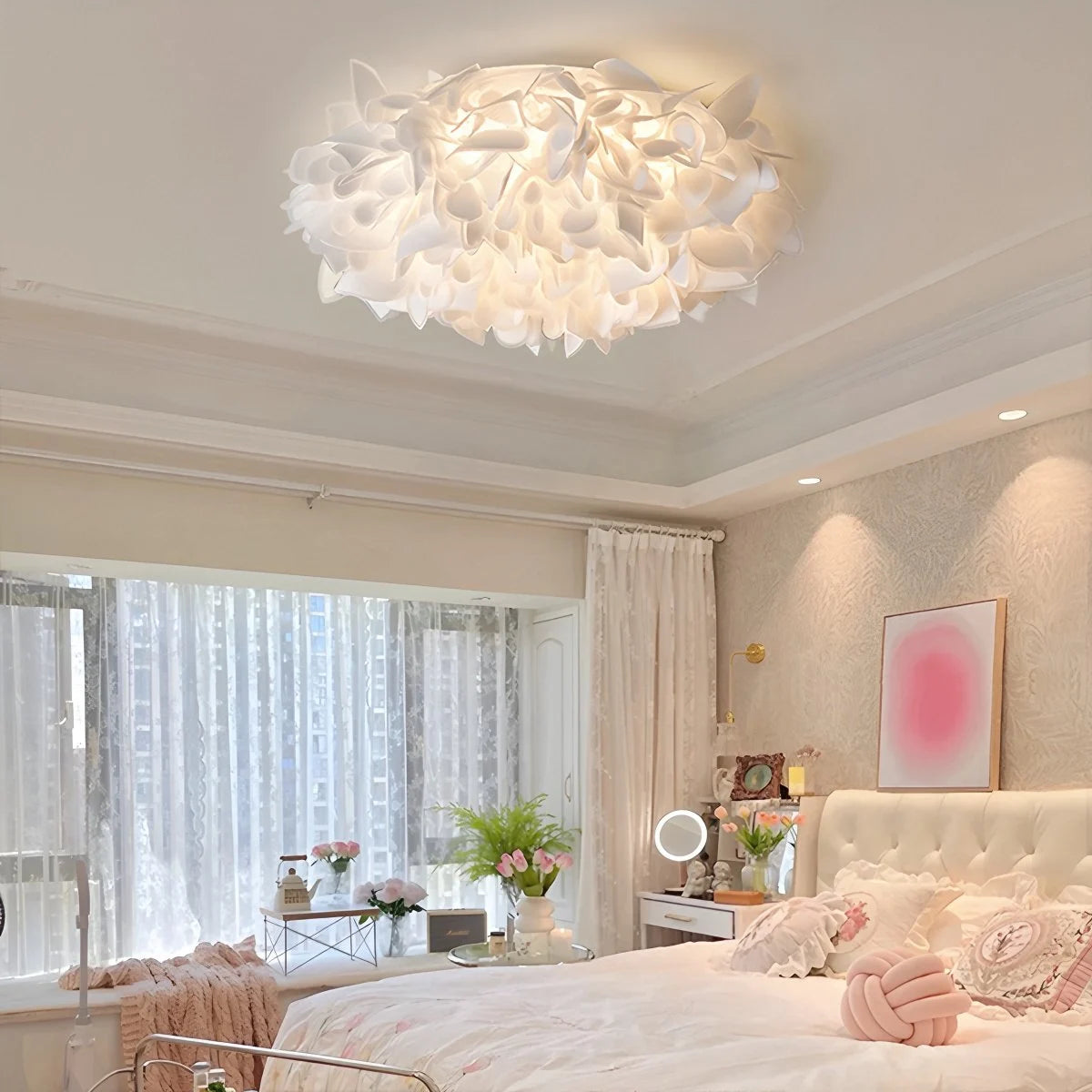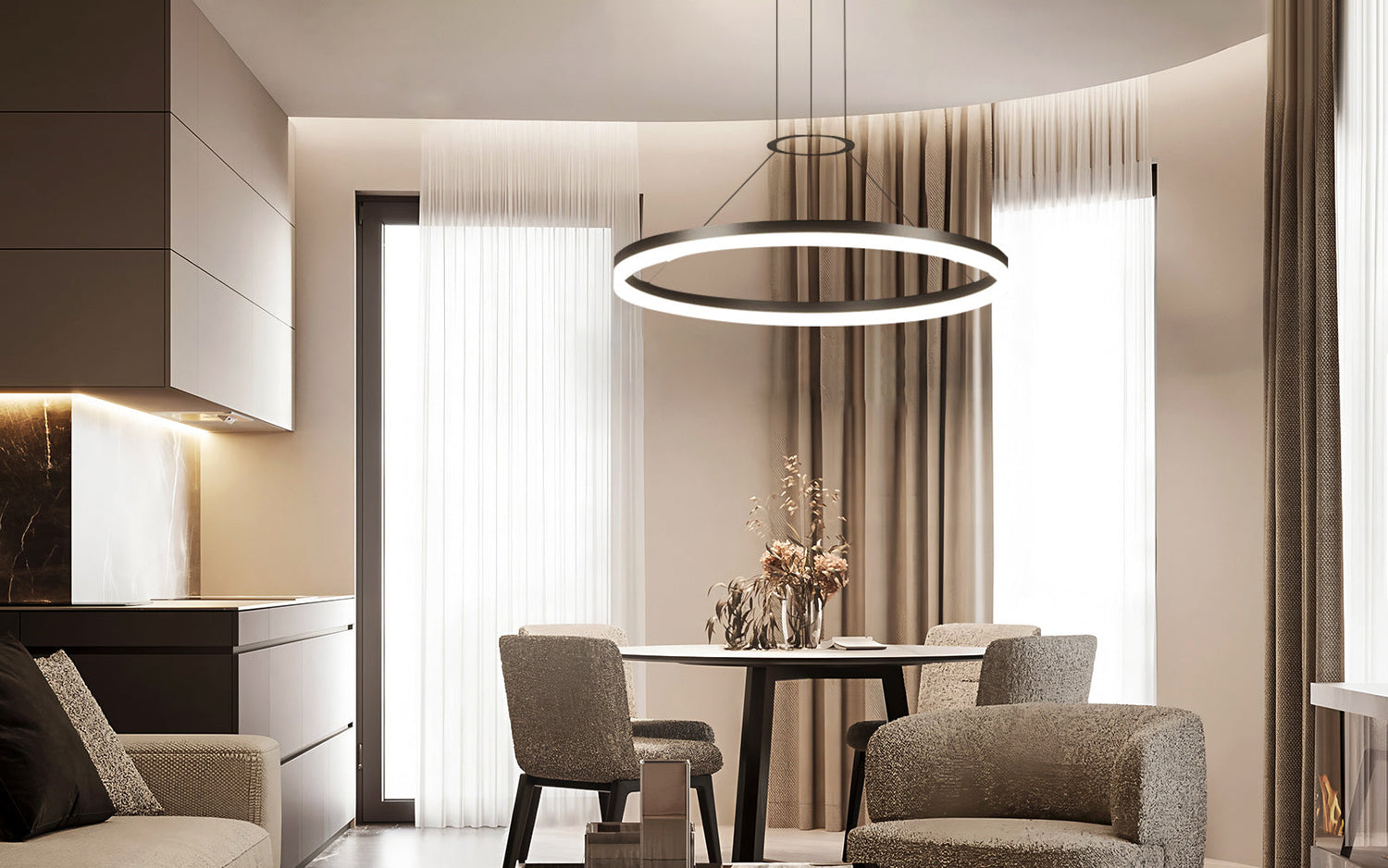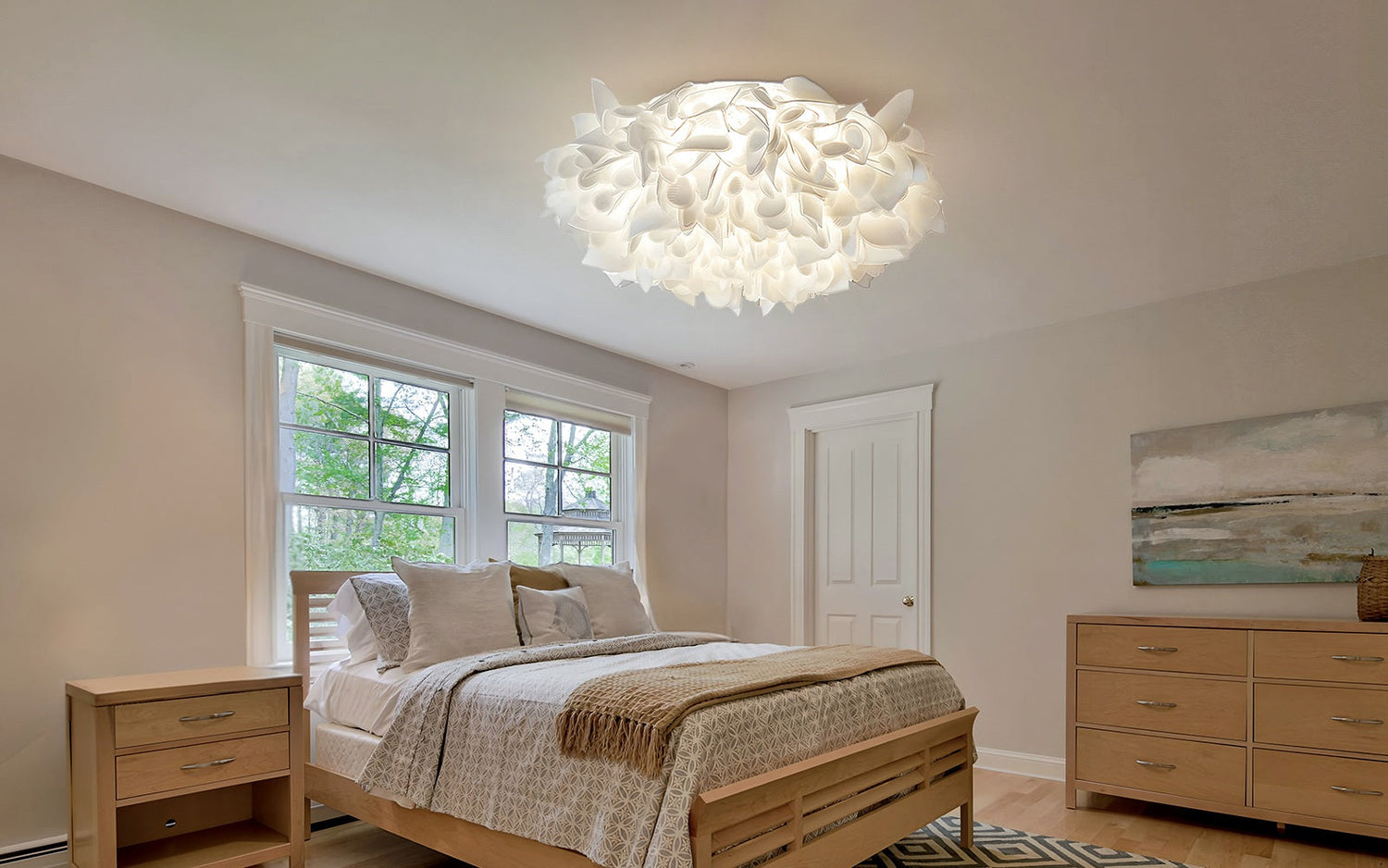Choosing the correct size for a lighting fixture is part science, part art. The right chandelier, pendant, or wall light not only delivers illumination, but also balances proportions, draws the eye, and enhances the overall design of a room. In this guide, we walk you through how to size your lighting choices so that your spaces feel harmonious and beautifully lit.
1. Determining the Fixture’s Diameter
A common rule is: measure the room’s length and width (in feet), add them together, and use that sum (in inches) as an approximate diameter (or width) for the fixture.

Example: If your room is 16 ft long and 8 ft wide → 16 + 8 = 24 → choose a chandelier about 24 inches in diameter.
(This same rule can often apply whether you use a round chandelier or a more linear pendant, as long as the total span is similar.)
2. Determining the Fixture’s Height
For pendants or chandeliers (especially hanging styles), a helpful heuristic is: take the ceiling height in feet and multiply by 2.5 to get an approximate fixture height (in inches).

Example: If your room ceiling height is 11 ft → 11 × 2.5 = 27.5 → a chandelier height of ~ 27.5 inches is recommended.
Note: This rule is more reliably applied to suspended fixtures. Flush or semi-flush ceiling lights might deviate from it.
3. How Low Should the Fixture Hang?
For open or general spaces (i.e. not over a table), the bottom of the chandelier or pendant should be at least 7.5 feet (90 in) above the floor.

If it’s hanging above a dining table or kitchen island, the bottom of the fixture should be 30–36 inches above the tabletop.

4. Above Dining Tables & Kitchen Islands
Another practical method: size the fixture relative to your table or island. The rule of thumb is that the fixture’s length or diameter should be between ½ and ¾ of the table’s length (or island length).

Example: If your dining table is 32 in width → choose a chandelier between 16 in (½) and 21 in (¾) in diameter or width.
This keeps the scale balanced and prevents the fixture from overpowering the furniture.
5. Two-Story Foyers & Staircases
If you’re lighting a tall entryway or stairwell, in addition to the “drop distance” guideline (bottom ≥ 7.5 ft above floor):

- Use the upper level as a visual referenc
e: many designers recommend hanging the chandelier so its top is around eye level when viewed from the second floor.
- Alternatively, center the fixture in an architectural feature (e.g. in front of a large window) to make it a focal point visible on both levels.
6. Long Hallways
In corridors or hallways, you can size the fixture by multiplying the width of the hallway (in feet) by 2.5 to find an approximate diameter (in inches).

Example: Hallway width = 8 ft → 8 × 2.5 = 20 in → a chandelier or pendant ~ 20 in diameter.
Additional tips for hallway lighting:
- Place fixtures centered in the hall.
- Space consecutive fixtures about 8–10 ft apart.
- Maintain at least 7.5 ft clearance from floor level to bottom of fixture.
Summary Table (for quick reference)
| Room / Situation | Rule of Thumb | Example / Target |
|---|---|---|
| Room (length + width) | Sum in ft → inches | 16 ft + 8 ft = 24 → 24 in fixture |
| Fixture height (suspended) | Ceiling height × 2.5 | 11 ft → ~27.5 in |
| Hanging clearance (open area) | Bottom ≥ 7.5 ft above floor | — |
| Hanging over table / island | 30–36 in above surface | — |
| Relative to table width | ½ to ¾ of table width | 32 in table → 16–21 in fixture |
| Hallway width → fixture size | Hall width × 2.5 | 8 ft → ~20 in fixture |
Notes & Considerations
- These are guidelines, not hard rules — always consider architectural features, ceiling height constraints, and furniture layout.
- If your fixture has an unusual form (wide arms, branched shapes, very low-hanging elements), you may need to tweak dimensions for visual balance and safety.
- In multi-level spaces (foyers, staircases), consider sightlines from different floors when choosing the drop and overall size.


